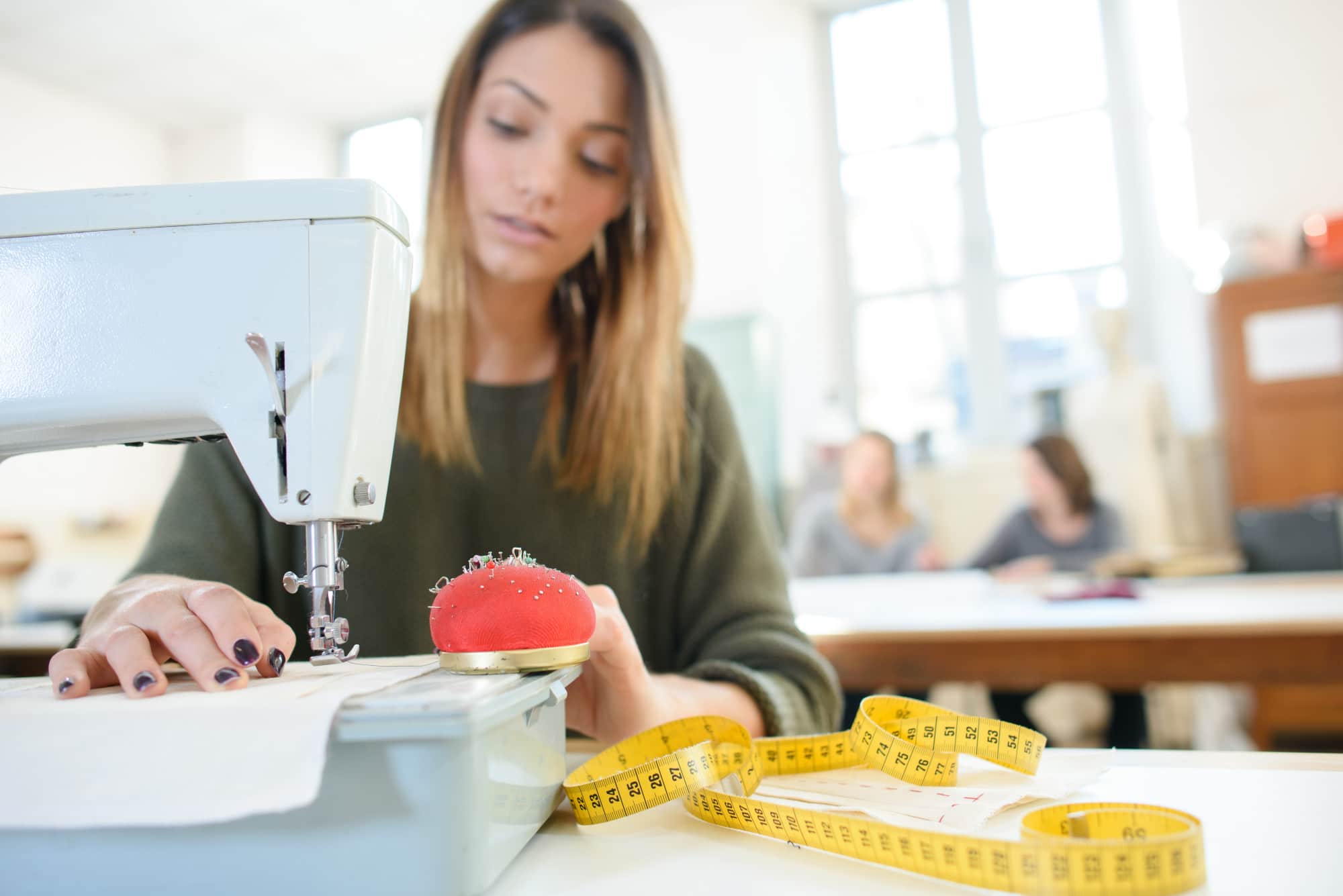
How to Use a Sewing Machine: A Beginner’s Guide
Did you know that the first sewing machine was invented all the way back in 1830? This early model was a simple automation of hand sewing and was actually destroyed by rioting tailors who feared that the new tool would ruin their businesses. Sewing machines have certainly come a long way since then and while there are now many different models to choose from, the mechanics are mostly the same.
Rather than teach you how to use every machine, here are some general guidelines that should apply to most sewing machines. Find out how to use a sewing machine from getting your machine ready to learning all its parts, with our quick guide below.
Learning The Parts Of A Sewing Machine
The sewing machine is made up of many parts that work together to create your stitches. Before you start to learn about using a sewing machine, it’s important that you can recognize each individual part and how they all work together. Here are some of the most important parts:
- Power switch
- Spool pin
- Thread guide
- Bobbin-winder
- Stitch adjustment buttons
- Thread take-up lever
- Tension dial
- Presser foot and lever
- Bobbin cover and bobbin release
Take some time to review your sewing machine manual and become familiar with each individual part.
Setting Up Your Sewing Machine
Next, place the machine on a sturdy surface, like a sewing machine table, and sit in a comfortable chair. Arrange the machine so that the needle side is on your left and the body is on the right. Before you plug it in, there are a few things you’ll need to set up and check first:
- Install your needle securely
- Wind and insert the bobbin
- Thread the machine
- Get both threads out
How To Use A Sewing Machine
Check your owner’s manual for the recommended needle size and type. Select a straight stitch and a medium stitch length that are appropriate for the fabric you’re working with. Most sewing machines have automatic tension adjustment capabilities, but if yours doesn’t, read up on how to do this manually by following instructions in your user manual or watching instructional videos online (YouTube is great for this).
Practice on some scrap material until you get comfortable sewing with this setting—no one wants their first project ruined because they didn’t know how much tension their machine needed!
Lower the presser foot onto the fabric by using the lever behind or to the side of the needle assembly. Hold the loose ends of both threads for the first few stitches to keep them from retreating into the fabric. Now press the foot pedal and use it as your speed control – just like the gas peddle in your car.
Once you’ve got these basic mechanics down, you can practice sewing different seams, using another part of the fabric, and even sewing around tricky corners.
Take Your Sewing Machine Skills To The Next Level
Now that you understand more about what goes into using a sewing machine, hopefully, now you’ll feel a lot more confident about tackling your next sewing project.
Whether you want to make your own clothes, create a quilt, or learn to embroider, sewing can be an exciting new hobby. If you’re in the market for a new machine or have a burning question about sewing, you can contact us for help and advice.



